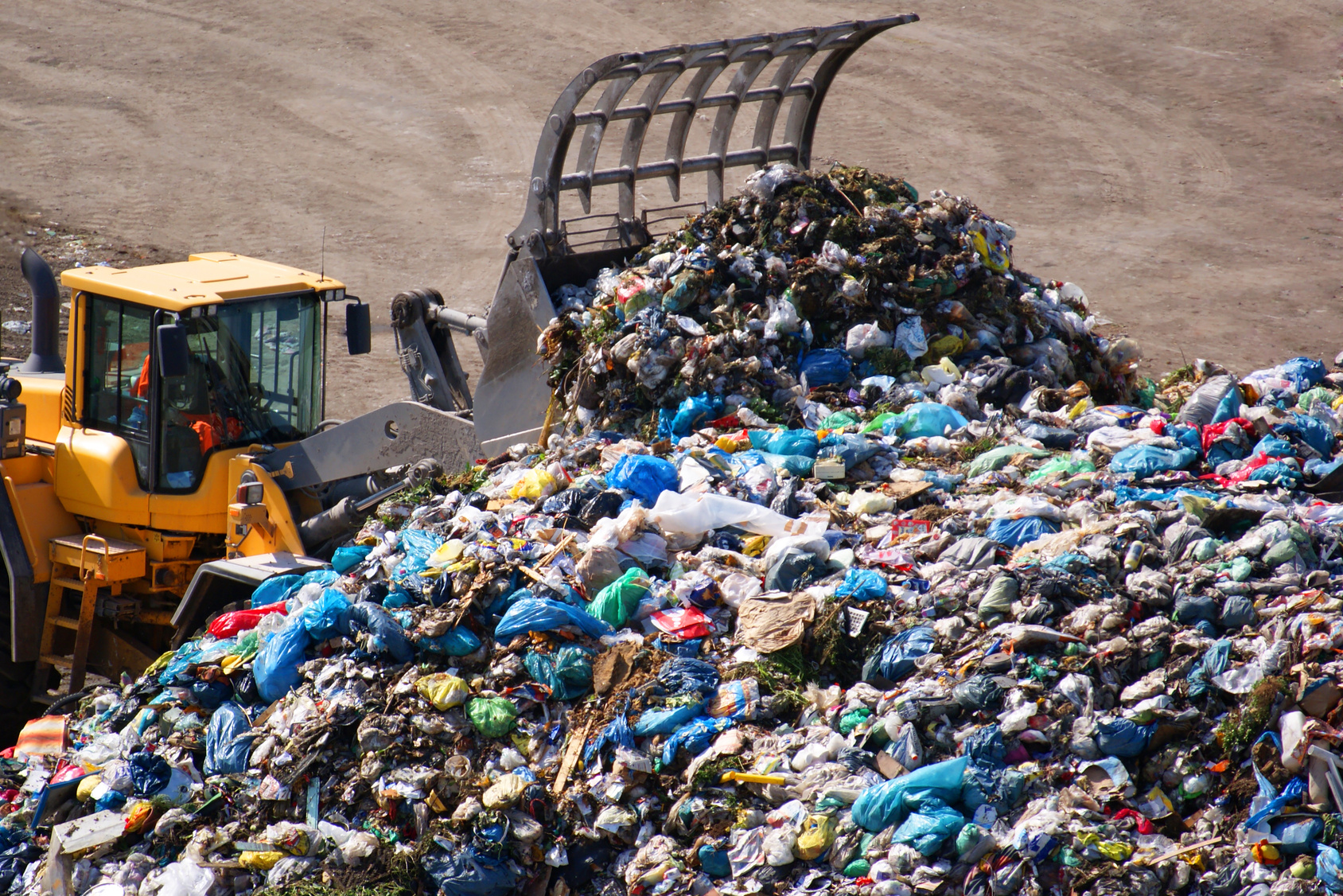Smart Disposal: The Integration of Pyrolysis in Modern Waste Strategies
In a world grappling with escalating waste concerns and environmental challenges, the need for innovative waste disposal solutions has never been more pressing. “Smart Disposal” emerges as a beacon of hope, offering a sustainable and efficient way to manage our ever-growing waste streams. At the forefront of this revolution is the integration of pyrolysis, a cutting-edge technology that transforms waste into valuable resources. In this comprehensive exploration, we unravel the intricacies of pyrolysis machinery and its seamless integration into modern waste management strategies.

I. The Urgency of Modern Waste Management
The Global Waste Crisis
As the global population continues to surge, so does the volume of waste generated. We examine the current state of the waste crisis, from overflowing landfills to the environmental hazards posed by traditional waste disposal methods.
Environmental Impact of Conventional Waste Disposal
Delving into the detrimental effects of conventional waste disposal practices, including air and water pollution, soil contamination, and the release of greenhouse gases. The urgency to transition to more sustainable waste management approaches becomes evident.
II. Introduction to Pyrolysis
Defining Pyrolysis
At its core, pyrolysis is a thermochemical process that breaks down organic materials in the absence of oxygen, converting them into valuable byproducts such as bio-oil, syngas, and biochar. We explore the fundamental principles that underlie this transformative technology.
Categories of Pyrolysis
Breaking down the three primary categories of waste plastic pyrolysis machine—slow, fast, and intermediate—and examining their respective applications. Understanding the distinctions is crucial for evaluating the most suitable approach for specific waste streams.
III. The Benefits of Pyrolysis Integration
Reducing Environmental Impact
Detailing how pyrolysis reduces the environmental impact of waste disposal by minimizing emissions, preventing soil contamination, and curbing the release of harmful substances into the atmosphere.
Generating Clean Energy
Exploring the potential of pyrolysis to generate clean energy through the production of syngas, which can be utilized for electricity generation or as a fuel source. This aspect contributes to the broader goals of transitioning to renewable energy sources.
IV. Pyrolysis in Action: Case Studies
Waste-to-Energy Success Stories
Examining real-world examples where pyrolysis has been successfully integrated into waste management strategies. Case studies showcase diverse applications, from municipal waste to agricultural residues and industrial byproducts.
Global Initiatives and Innovations
Highlighting global initiatives and innovative projects that leverage pyrolysis for smart disposal. These initiatives often involve collaborative efforts between governments, private enterprises, and research institutions to address specific waste challenges.
V. Overcoming Challenges in Pyrolysis Integration
Technical Challenges
Addressing common technical challenges associated with pyrolysis, such as reactor design, feedstock variability, and the optimization of process parameters. Understanding and overcoming these challenges are critical for the widespread adoption of pyrolysis technology.
Economic Considerations
Analyzing the economic factors that influence the integration of pyrolysis in waste management strategies. Evaluating the costs and benefits, return on investment, and potential revenue streams derived from the byproducts of pyrolysis.
VI. The Circular Economy and Pyrolysis
Pyrolysis and Resource Recovery
Exploring how pyrolysis aligns with the principles of the circular economy by facilitating the recovery of valuable resources from waste. The byproducts generated can be repurposed, creating a closed-loop system that minimizes waste and maximizes resource efficiency.
Waste Minimization and Recycling Synergy
Examining the synergy between pyrolysis and traditional waste minimization and recycling efforts. Discussing how pyrolysis can complement these strategies, particularly for materials that are challenging to recycle conventionally.
VII. Environmental Impact Assessment
Comparative Environmental Impact
Conducting a comparative analysis of the environmental impact of pyrolysis-based waste disposal versus traditional methods. Evaluating factors such as carbon footprint, pollutant emissions, and overall ecological sustainability.
Life Cycle Analysis
Applying life cycle analysis to assess the entire life cycle of pyrolysis-based waste management, from feedstock collection to the utilization of byproducts. Identifying opportunities for further optimization and environmental stewardship.
VIII. Regulatory Landscape and Policy Implications
Current Regulations on Waste Disposal
Surveying existing regulations governing waste disposal and their implications for the integration of Beston tyre pyrolysis plant. Identifying regulatory challenges and potential pathways for collaboration between policymakers and industry stakeholders.
Policy Recommendations for Sustainable Waste Management
Proposing policy recommendations to encourage and support the integration of pyrolysis in modern waste management strategies. These may include incentives, tax breaks, and regulatory frameworks that promote sustainable practices.
IX. Future Prospects and Challenges
Technological Advancements
Exploring potential technological advancements in pyrolysis that could further enhance its efficiency, scalability, and applicability to diverse waste streams. Discussing ongoing research and development efforts in the field.
Scaling Up Pyrolysis Implementation
Examining the challenges and opportunities associated with scaling up pyrolysis technologies for widespread adoption. Identifying potential barriers and strategies to overcome them on the path to global implementation.
X. Conclusion
Summarizing the Journey to Smart Disposal
Recapping the key insights gained from the exploration of smart disposal through the integration of pyrolysis in modern waste management strategies. Emphasizing the transformative potential of pyrolysis in mitigating the global waste crisis.
Embracing Smart Disposal for a Sustainable Future
Encouraging stakeholders—ranging from policymakers and industry leaders to the general public—to embrace smart disposal strategies and recognize the role of pyrolysis in building a sustainable future. Emphasizing the collective responsibility to safeguard the planet through innovative and environmentally conscious waste management practices.
This comprehensive exploration sheds light on the integration of pyrolysis in modern waste strategies, offering a roadmap for a sustainable future where waste becomes a valuable resource rather than a burden on the environment. Smart disposal, powered by pyrolysis, stands as a beacon of hope in our collective efforts to address the global waste crisis and pave the way for a more sustainable and resilient planet.